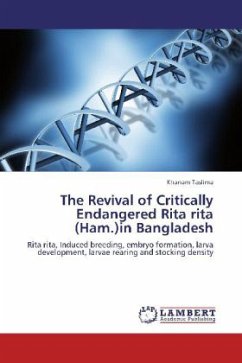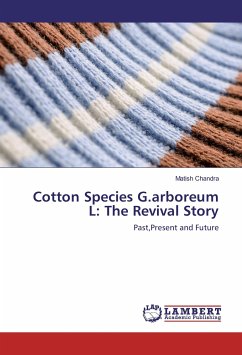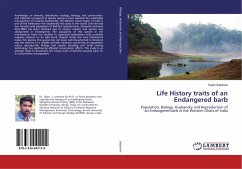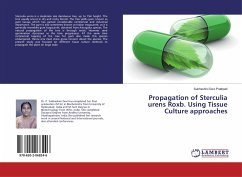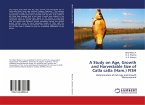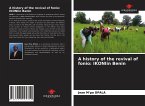To revive the vulnerable catfish, Rita rita, artificial breeding with hormones (carpPG & ovaprim) were conducted. For carpPG, experiment was set under three treatments (T1, T2 and T3) and females were treated at the doses of 90, 100 and 110 mg/kg body weight respectively and males were treated with 40 mg/kg body weight in all cases during the second injection of female proved that the ovulation rate was 100 % in all treatments. The highest fertilization (82.50±6.455 %) and hatching rates (62.75±7.182 %) were observed at the doses of 100 mg carpPG/kg body weight. Another experiment was started with ovaprim where two treatments (T1, T2) against a control were used. Females were treated with 0.5 and 1.0 ml ovaprim/kg body weight respectively and males were treated with 0.5 ml ovaprim/kg body weight in all cases. No ovulation was observed treated with ovaprim. Last experiment was set with 5 days-old larvae reared under two different stocking densities viz. 1 larva and 2 larvae/L of water and fed with chopped tubificid worms ad libitum. There was significant difference between two treatments. Within the period of experiment, embryonic and larval developmental stages were studied.
Bitte wählen Sie Ihr Anliegen aus.
Rechnungen
Retourenschein anfordern
Bestellstatus
Storno

